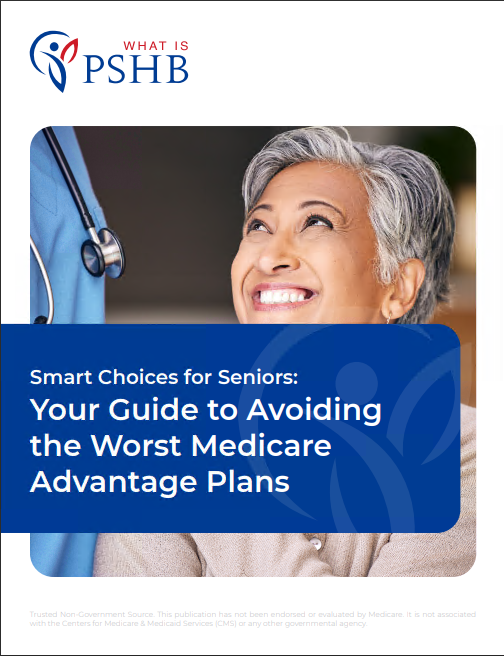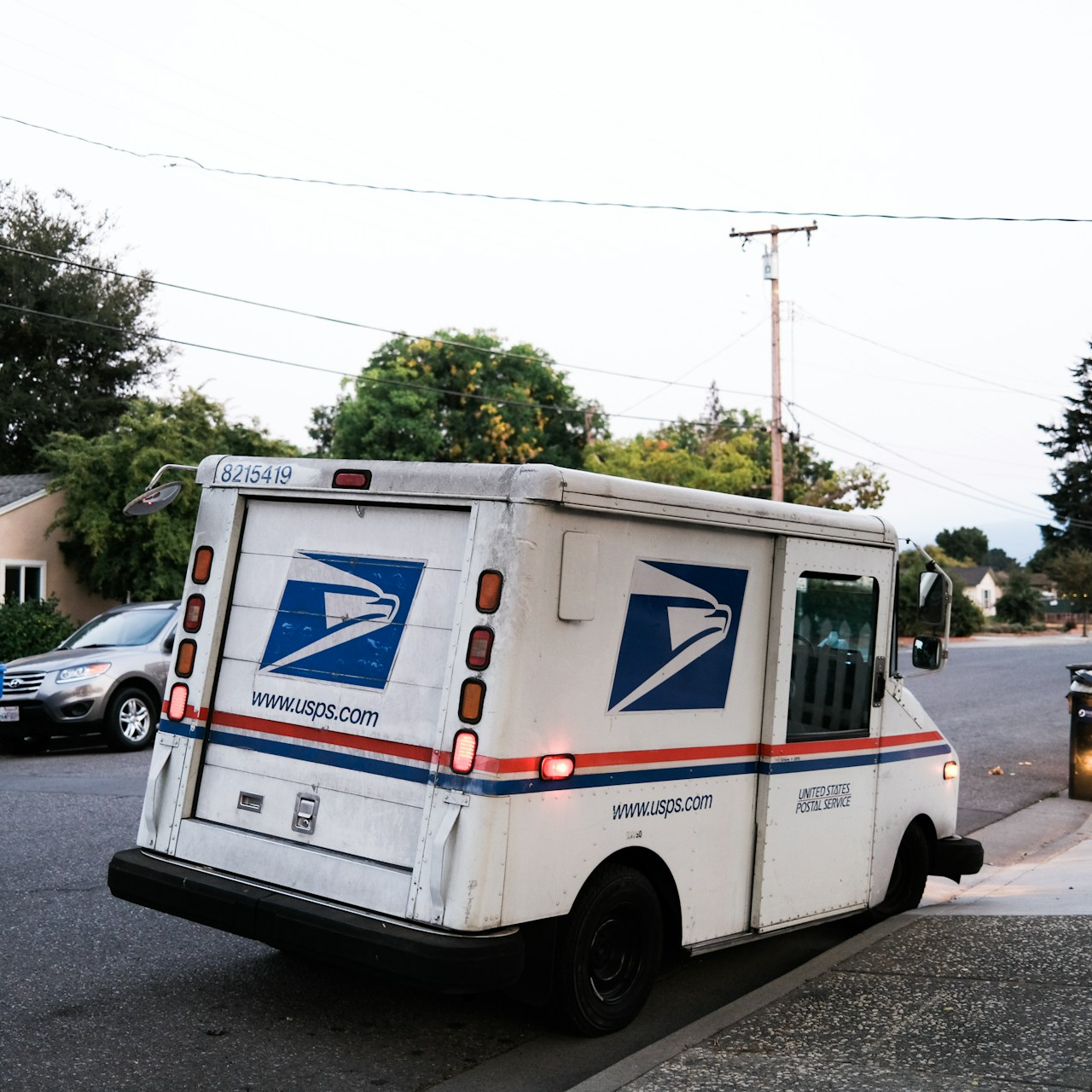Key Takeaways
- Understanding the interplay between Medicare Part B and PSHB plans can significantly impact your healthcare coverage in retirement.
- Enrolling in Medicare Part B on time ensures seamless integration with your PSHB plan, avoiding gaps in coverage.
Retiring Soon? Here’s Everything You Need to Know About How Enrolling in Medicare Part B Fits with Your PSHB Plan
As retirement approaches, navigating the transition to Medicare can be daunting, especially when you have a Federal Employees Health Benefits (FEHB) Program or Post-Retirement Health Benefits (PSHB) plan. Understanding how Medicare Part B fits into your existing health coverage is crucial to ensure you make informed decisions that maximize your benefits and minimize out-of-pocket expenses.
Medicare Part B: What Is It and Why You Need It
Medicare Part B is a vital component of the Medicare program that covers outpatient medical services. These services include doctor visits, preventive care, lab tests, and certain types of medical equipment. While Medicare Part A covers hospital stays, Part B is essential for covering day-to-day healthcare needs.
For those with a PSHB plan, enrolling in Medicare Part B can provide additional coverage, reducing overall healthcare costs. Medicare Part B acts as a secondary insurance, helping to pay for services not fully covered by your PSHB plan. This integration can lower your out-of-pocket expenses and ensure broader coverage.
Medicare Part B also offers several preventive services at no additional cost, such as flu shots, mammograms, and diabetes screenings. By enrolling in Medicare Part B, retirees can take advantage of these preventive measures, which can help maintain their health and catch potential issues early. This proactive approach to healthcare can lead to better outcomes and a higher quality of life in retirement.
How Your PSHB Plan and Medicare Part B Work Together
The integration of PSHB plans with Medicare Part B is designed to provide comprehensive healthcare coverage. Once you enroll in Medicare Part B, it becomes your primary insurance, while your PSHB plan serves as secondary coverage. This means Medicare Part B will pay first for your medical services, and your PSHB plan will cover remaining costs, such as copayments and deductibles.
This setup is particularly beneficial for retirees, as it can help cover more of your healthcare expenses, leading to lower overall costs. Additionally, the PSHB plan may offer additional benefits, such as prescription drug coverage through Medicare Part D.
When Medicare Part B is combined with a PSHB plan, retirees often experience fewer out-of-pocket expenses for doctor visits and other outpatient services. This dual coverage ensures that both routine and unexpected medical costs are more manageable. It’s important to note that while Medicare Part B covers a significant portion of medical expenses, the PSHB plan can cover gaps in coverage, such as certain prescription medications and specialist services.
Simple Steps to Enroll in Medicare Part B
-
Determine Eligibility: Generally, you’re eligible for Medicare Part B if you are 65 or older. You can also qualify if you are under 65 and have certain disabilities.
-
Sign Up Period: The initial enrollment period for Medicare Part B starts three months before your 65th birthday and ends three months after. There are also special enrollment periods if you or your spouse are still working and have group health coverage.
-
Enrollment Process: You can enroll in Medicare Part B through the Social Security Administration. This can be done online, over the phone, or by visiting a local Social Security office.
-
Coordination with PSHB: Ensure your PSHB plan is informed about your Medicare Part B enrollment to coordinate benefits and avoid any lapses in coverage.
Enrolling in Medicare Part B is a straightforward process, but it’s important to plan ahead to ensure timely coverage. By understanding the enrollment periods and eligibility requirements, retirees can avoid potential late enrollment penalties and ensure they have the necessary coverage in place when they need it most.
When’s the Right Time to Sign Up?
Timing is crucial when enrolling in Medicare Part B. Missing your initial enrollment period can result in late enrollment penalties, which can increase your monthly premiums permanently. It’s essential to enroll as soon as you’re eligible to avoid these extra costs.
For PSHB plan holders, coordinating your enrollment with the start of your retirement is key. This ensures there are no gaps in coverage and that you can fully benefit from the integration of Medicare Part B and your PSHB plan.
Additionally, understanding the timing of your enrollment can help you plan for any changes in your healthcare coverage. For example, if you’re still working and covered by a group health plan, you may qualify for a special enrollment period, allowing you to delay Medicare Part B enrollment without penalty. It’s important to evaluate your personal circumstances and plan accordingly to ensure seamless coverage during your retirement transition.
Common Mistakes and How to Dodge Them
-
Missing Enrollment Deadlines: Not enrolling during your initial or special enrollment period can lead to penalties and higher premiums.
-
Not Informing PSHB Plan: Failing to notify your PSHB plan about your Medicare Part B enrollment can result in billing issues and lapses in coverage.
-
Overlooking Prescription Coverage: Ensure that your PSHB plan includes Medicare Part D for prescription drugs to avoid high medication costs.
-
Ignoring Changes in Coverage: Stay updated on any changes to your PSHB plan and Medicare Part B to ensure you are maximizing your benefits.
-
Assuming Automatic Enrollment: Some retirees mistakenly believe that they will be automatically enrolled in Medicare Part B. While automatic enrollment occurs for certain individuals, others must actively enroll to receive coverage. It’s important to verify your enrollment status to avoid any unexpected gaps in coverage.
-
Neglecting to Review Annual Notices: Medicare and PSHB plans may send annual notices outlining any changes to coverage, costs, and benefits. Failing to review these notices can lead to missed opportunities for better coverage options or adjustments to your existing plan.
How Will Medicare Part B Change Your Coverage?
Enrolling in Medicare Part B can significantly enhance your healthcare coverage by acting as primary insurance. This shift means that Medicare will pay for most of your outpatient medical services, reducing the financial burden on your PSHB plan. The combination of both plans often results in lower out-of-pocket costs for medical services and treatments.
Additionally, the integration of Medicare Part B can streamline your healthcare expenses, as both plans will work together to cover various services. This can lead to more predictable healthcare costs and better financial planning in retirement.
With Medicare Part B as your primary insurance, you may also gain access to a broader network of healthcare providers. This expanded network can provide more options for specialists and medical facilities, ensuring you receive the best possible care. The combined coverage of Medicare Part B and your PSHB plan can also provide peace of mind, knowing that you have comprehensive healthcare coverage in place for your retirement years.
What Happens After You Enroll?
Once you are enrolled in Medicare Part B, it’s essential to update your information with your PSHB plan. This ensures seamless coordination between both plans. You’ll receive a Medicare card, which you should present along with your PSHB insurance card whenever you receive medical services.
Monitoring your healthcare statements and understanding how claims are processed will help you stay informed about your coverage and expenses. Regularly reviewing your benefits and keeping in touch with your PSHB plan provider can prevent any issues and ensure you are getting the most out of your coverage.
After enrolling in Medicare Part B, it’s also a good idea to schedule a comprehensive healthcare checkup. This initial visit can help establish a baseline for your health and identify any areas that may require attention. By proactively managing your health, you can take full advantage of the preventive services offered by Medicare Part B and maintain your well-being in retirement.
Need Help? Here’s Who to Contact
Navigating Medicare Part B and its integration with your PSHB plan can be complex. If you need assistance, several resources are available:
- Social Security Administration: For questions about Medicare Part B enrollment and eligibility, you can contact the Social Security Administration.
- OPM: The Office of Personnel Management provides information and resources for federal employees and retirees regarding PSHB plans.
- Licensed Insurance Agents: For personalized advice and help with understanding your coverage options, licensed insurance agents can offer valuable guidance.
These resources can help you make informed decisions and ensure you are fully utilizing your healthcare benefits. Additionally, many online tools and calculators can assist in comparing coverage options and estimating potential costs, providing further clarity as you navigate your healthcare choices.
Seamless Transition to Enhanced Coverage
Understanding how Medicare Part B fits with your PSHB plan is crucial as you approach retirement. The integration of these two healthcare plans can provide comprehensive coverage, reduce out-of-pocket expenses, and ensure you have access to necessary medical services. By enrolling in Medicare Part B on time and coordinating with your PSHB plan, you can enjoy a smoother transition and enhanced healthcare coverage in your retirement years.
Contact Information:
Email: [email protected]
Phone: 6155552345









